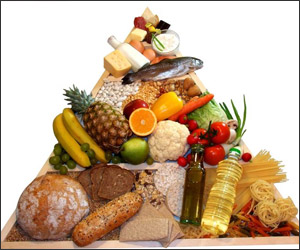
Dr. Amitabha Das
MBBS (Hons), MS (General Surgery, Gold medalist), MCh (Neurosurgery, AIIMS

MBBS (Hons), MS (General Surgery, Gold medalist), MCh (Neurosurgery, AIIMS
STROKE
A stroke occurs when the blood supply to part of your brain is interrupted or severely reduced, depriving brain tissue of oxygen and nutrients. Within minutes, brain cells begin to die.
A stroke is a medical emergency. Prompt treatment is crucial. Early action can minimize brain damage and potential complications.
The good news is that strokes can be treated and prevented, and many fewer Americans die of stroke now than even 15 years ago.
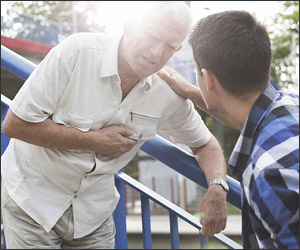 1
1
Symptoms
Watch for these signs and symptoms if you think you or someone else may be having a stroke. Note when your signs and symptoms begin, because the length of time they have been present may guide your treatment decisions:
• Trouble with speaking and understanding : You may experience confusion. You may slur your words or have difficulty understanding speech.
• Paralysis or numbness of the face, arm or leg : You may develop sudden numbness, weakness or paralysis in your face, arm or leg, especially on one side of your body. Try to raise both your arms over your head at the same time. If one arm begins to fall, you may be having a stroke. Similarly, one side of your mouth may droop when you try to smile.
• Trouble with seeing in one or both eyes : You may suddenly have blurred or blackened vision in one or both eyes, or you may see double.
• Headache : A sudden, severe headache, which may be accompanied by vomiting, dizziness or altered consciousness, may indicate you're having a stroke.
• Trouble with walking : You may stumble or experience sudden dizziness, loss of balance or loss of coordination.
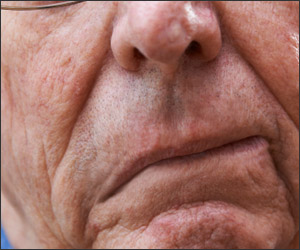 2
2
Causes and types of Strokes
A stroke caused by a blocked artery is called an ischemic stroke. A stroke caused by a burst or leaking blood vessel is known as a hemorrhagic stroke. Another type of stroke is a transient ischemic attack (TIA), or mini-stroke.
A) Ischemic Stroke
According to the CDC, most strokes are ischemic strokes. In this type of stroke, the arteries supplying blood to the brain narrow or get blocked. These blockages are often caused by blood clots or blood flow that’s severely reduced. The two most common types of ischemic strokes are thrombotic and embolic. A thrombotic stroke happens when a blood clot forms in one of the arteries supplying blood to the brain. An embolic stroke is when a blood clot or other debris forms in another part of the body — often the heart — and moves through the blood and gets stuck in brain arteries, where it causes a blood clot.
B) Hemorrhagic Stroke
A hemorrhagic stroke happens when an artery in the brain suddenly breaks open or leaks blood. That leaking blood creates excess pressure in the skull and swells the brain, damaging brain cells and tissues. This stroke is often caused by high blood pressure and aneurysms. The two types of hemorrhagic strokes are subarachnoid and intracerebral. Intracerebral, the most common type of hemorrhagic stroke, happens when the tissues surrounding the brain fill with blood after an artery bursts. Less common is the subarachnoid hemorrhage, which is bleeding in the area between the brain and tissues that cover it.
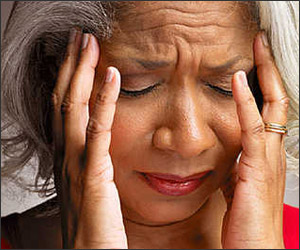
C) Transient Ischemic Attack (TIA)
A transient ischemic attack, often called a TIA or a mini-stroke, is when blood flow to the brain is blocked for less than five minutes. Symptoms may be temporary and disappear after a few minutes. A TIA is often caused by a blood clot and is a warning of a future stroke. Don’t ignore a TIA. Seek the same treatment you would for a major stroke.
Prevention
Knowing your stroke risk factors, following your doctor's recommendations and adopting a healthy lifestyle are the best steps you can take to prevent a stroke. If you've had a stroke or a transient ischemic attack (TIA), these measures may help you avoid having another stroke. The follow-up care you receive in the hospital and afterward may play a role as well.
Many stroke prevention strategies are the same as strategies to prevent heart disease. In general, healthy lifestyle recommendations include:
A) Controlling High Blood Pressure (hypertension)
One of the most important things you can do to reduce your stroke risk is to keep your blood pressure under control. If you've had a stroke, lowering your blood pressure can help prevent a subsequent transient ischemic attack or stroke.
Exercising, managing stress, maintaining a healthy weight, and limiting the amount of sodium and alcohol you eat and drink are all ways to keep high blood pressure in check.. In addition to recommending lifestyle changes, your doctor may prescribe medications to treat high blood pressure.
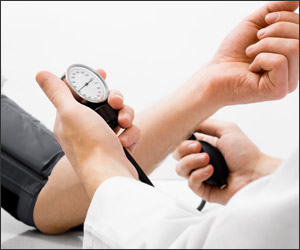 B) Lowering the amount of Cholesterol and saturated fat in your Diet.
B) Lowering the amount of Cholesterol and saturated fat in your Diet.
Eating less cholesterol and fat, especially saturated fat and trans fats, may reduce the fatty deposits (plaques) in your arteries. If you can't control your cholesterol through dietary changes alone, your doctor may prescribe a cholesterol-lowering medication.
C) Quitting Tobacco Use
Smoking raises the risk of stroke for smokers and nonsmokers exposed to secondhand smoke. Quitting tobacco use reduces your risk of stroke.
D) Controlling Diabetes
You can manage diabetes with diet, exercise, weight control and medication.
E) Maintaining a Healthy Weight
Being overweight contributes to other stroke risk factors, such as high blood pressure, cardiovascular disease and diabetes. Weight loss of as little as 10 pounds may lower your blood pressure and improve your cholesterol levels.
F) Eating a diet Rich in Fruits and Vegetables
A diet containing five or more daily servings of fruits or vegetables may reduce your risk of stroke. Following the Mediterranean diet, which emphasizes olive oil, fruit, nuts, vegetables and whole grains, may be helpful.
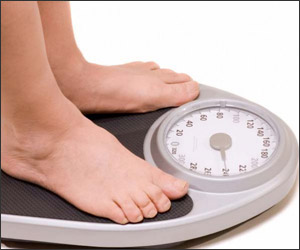 G) Exercising Regularly
G) Exercising Regularly
Aerobic or "cardio" exercise reduces your risk of stroke in many ways. Exercise can lower your blood pressure, increase your level of high-density lipoprotein cholesterol, and improve the overall health of your blood vessels and heart. It also helps you lose weight, control diabetes and reduce stress. Gradually work up to 30 minutes of activity — such as walking, jogging, swimming or bicycling — on most, if not all, days of the week.
H) Drinking Alcohol in Moderation, if at all
Alcohol can be both a risk factor and a protective measure for stroke. Heavy alcohol consumption increases your risk of high blood pressure, ischemic strokes and hemorrhagic strokes. However, drinking small to moderate amounts of alcohol, such as one drink a day, may help prevent ischemic stroke and decrease your blood's clotting tendency. Alcohol may also interact with other drugs you're taking. Talk to your doctor about what's appropriate for you.
I) Treating obstructive Sleep Apnea, if present
Your doctor may recommend an overnight oxygen assessment to screen for obstructive sleep apnea (OSA). If OSA is detected, it may be treated by giving you oxygen at night or having you wear a small device in your mouth.
J) Avoiding illicit drugs
Certain street drugs, such as cocaine and methamphetamines, are established risk factors for a TIA or a stroke. Cocaine reduces blood flow and can cause narrowing of arteries.
